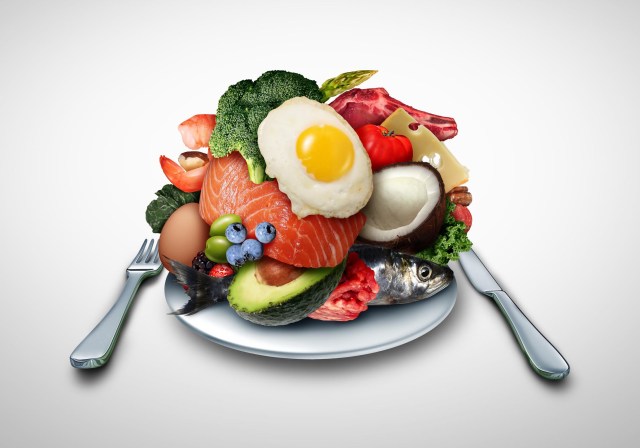
The Fat Fast is a short-term, low-calorie, high-fat program (1,000 calories/day and 80% fat) that you follow for three to five days to help jump start your metabolism and help with weight management. People usually use a Fat Fast as a method to break a plateau, after coming off a period of eating a lot of carbs or to combat extreme hunger and cravings.
A Fat Fast is not an actual “fast”, because you are still eating, but a Fat Fast is referred to as a fast because you are forcing your body into a state of ketosis (when you burn fat for energy) due to the high-fat, low-carb composition of your meals.
You’d think this is simply keto, but it’s different because you’re upping your fat intake to 80 to 90% and restricting your calories.
When you do a Fat Fast, these are some of the foods you might eat:
High-fat nuts, such as macadamia nuts
Avocados
Oils
Coconut
Eggs
High-fat meats, such as beef or bacon
High-fat fish, such as salmon and tuna
Butter
Cream
Non-starchy vegetables cooked in oil, such as Foundation Vegetables like zucchini, kale, spinach, broccoli, cauliflower and leafy greens
Calorie-free beverages, such as water, tea, coffee and seltzer
Bone broth
These are some of the foods you might avoid on a Fat Fast:
Highly processed foods, cereal, cookies, and bread
Sugary beverages
Most fruits
Low-fat dairy
Beans and other starchy legumes, veggies or carbs
Grains
You may lose weight on a Fat Fast, but in reality, a Fat Fast may not be sustainable, and most of the weight you’re losing initially is probably water weight. While it’s true that the Fat Fast was used in Dr. Atkins’ private practice and was also covered in his book The New Diet Revolution, he rarely recommended it. This approach was generally only used for short periods and under medical supervision for severely metabolic resistant and obese people, who hit a plateau after months in Phase 1 (Induction) of Atkins.
Both Atkins 20Ò and Atkins 40Ò are considered ketogenic diets, which means you’re still burning fat for fuel instead of carbs and sugar, allowing your body to lose weight more efficiently. This may be a more sustainable and flexible approach than a Fat Fast or the classic keto diet.
If you’ve been considering a Fat Fast because you feel you’ve come to a little standstill while trying to achieve the goals you’ve set for your low carb lifestyle, you can try my 8 tips for pushing past a plateau.
Register with Atkins today for additional tips, low carb recipes, and ideas on how to overcome your weight loss plateau.